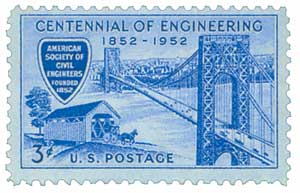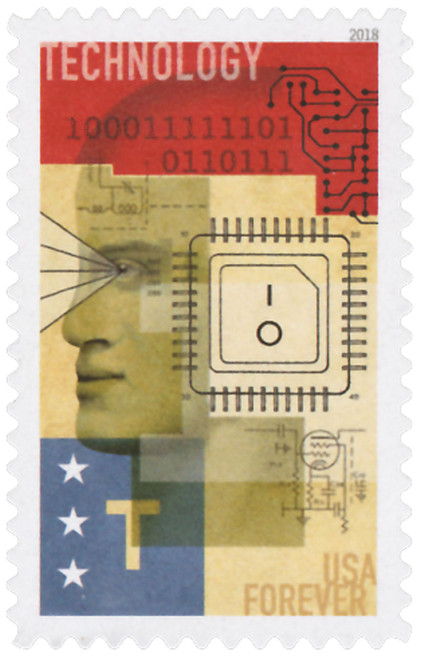
# 5278 - 2018 First-Class Forever Stamp - STEM Education: Engineering
#5278 - Engineering
2018 50c STEM Education
Value: 50¢ 1-ounce first-class letter rate- Forever
Issued: April 6, 2018
First Day City: Washington, DC
Type of Stamp: Commemorative
Printed by: Ashton Potter
Method: Offset
Format: Pane of 20
Self-Adhesive
Quantity Printed: 15,000,000 stamps
Engineers play a critical role in shaping the modern world. They design and create the technology we use every day. Now is the time to inspire young engineers with the achievements of those who came before them.
Elijah McCoy, born to fugitive slaves, was a certified mechanical engineer with 57 patents in his lifetime. Many of these were for lubrication systems in steam engines. McCoy’s systems allowed trains to run faster and more efficiently because they required fewer stops for lubrication and maintenance. Reportedly, his oil-drip cup was so popular, railroad engineers would ask if the trains were fitted with “the real McCoy.”
Another engineering pioneer, Mary Anderson, invented the windshield wiper. While in New York City one winter, she saw a trolley with its windshield open so the driver could see in the poor weather. When she returned home, Anderson drew up designs for a rubber blade attached to a spring-loaded arm that removed rain and snow from the windshield. After her patent expired and the automobile market expanded, the windshield wiper became standard on cars.
Engineers and inventors such as McCoy and Anderson help solve the world’s problems with new innovations. Today’s children can learn from their creative thinking to help give us all a brighter future.
American Society Of Civil Engineers
Civil engineers are responsible for the design, construction, and maintenance of dams, bridges, roads, canals, and railroads. Some of the first calls for a professional society of civil engineers came in 1828 when John Kilbourn created his short-lived Civil Engineering Journal. Inspired by Great Britain’s Institution of Civil Engineers, he suggested the US create its own organization.
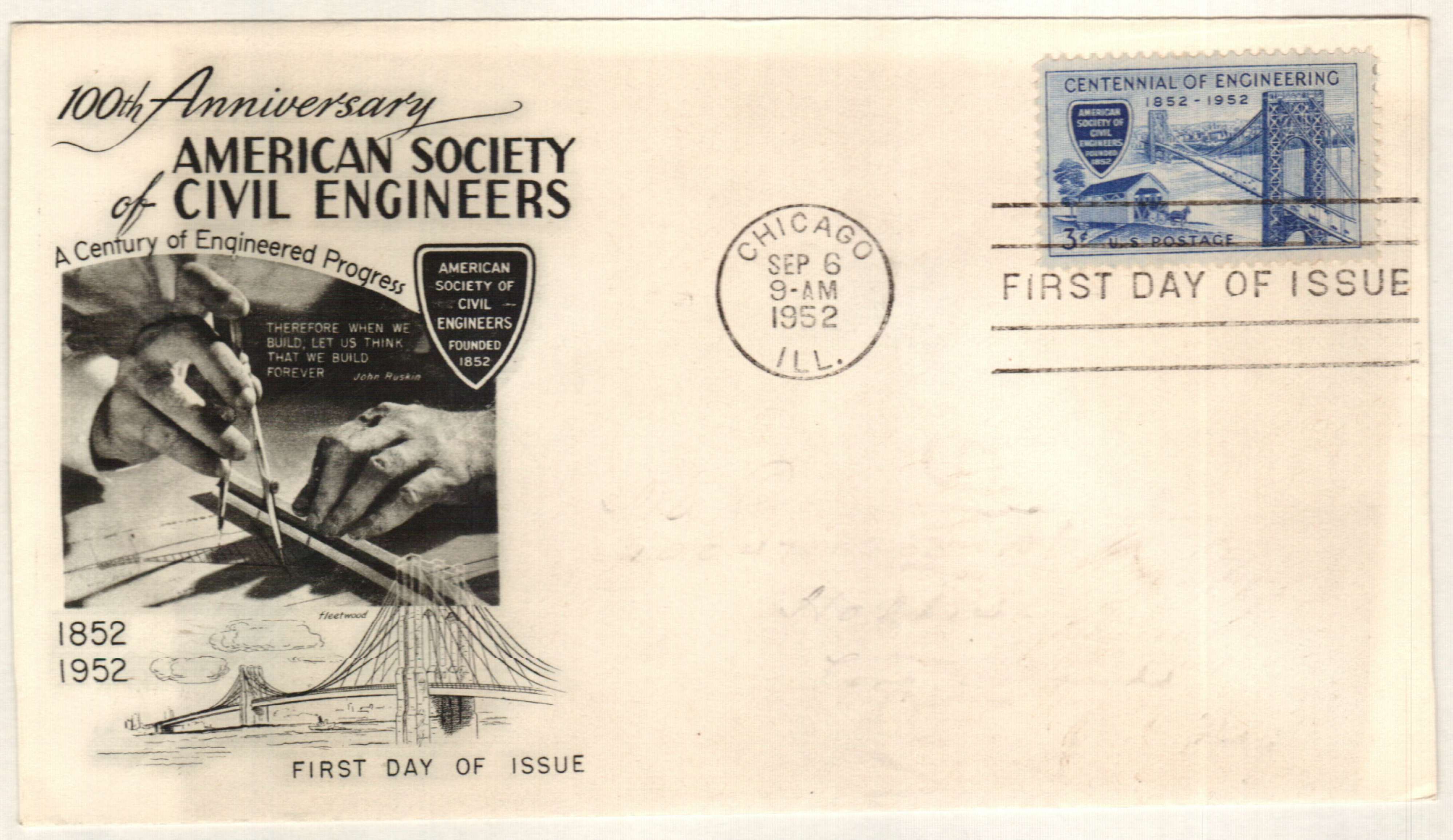
In 1838, a group of 13 notable civil engineers proposed the creation of the Institution of American Civil Engineers at the Franklin Institute in Philadelphia. And in 1839, a group of 40 engineers met in Baltimore. They got so far as drafting a constitution, but it failed to pass and the group was never formally established.
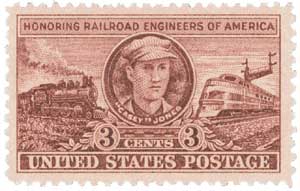
Then in October 1852, Alfred W. Craven, Chief Engineer of the Croton Aqueduct in New York City, called a meeting to form the American Society of Civil Engineers and Architects. On November 5, a group of 12 engineers met in his office at the Croton Aqueduct. Their new organization would be open to “civil, geological, mining and mechanical engineers, architects, and other persons who, by profession, are interested in the advancement of science.” The goal of the group was to increase the knowledge of engineers so they could improve the quality of their construction projects.
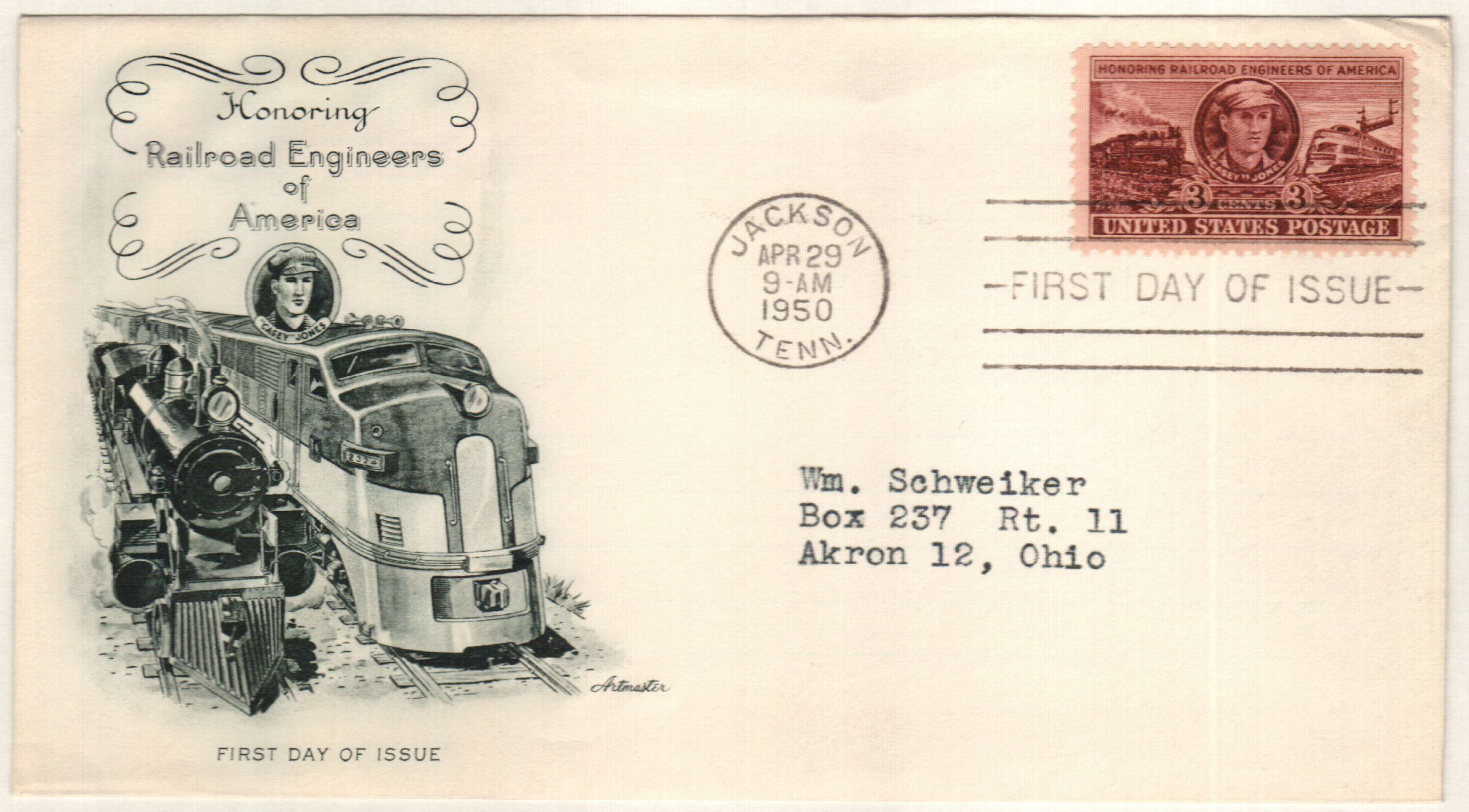
The new group met periodically until 1855, but the Civil War delayed any more meetings until 1867. When they did finally resume meetings, many of the original members were still involved, and they credited their president, James Laurie, with leading the efforts to keep the organization going. They changed their name to the American Society of Civil Engineers (ASCE) in 1868, and then created a charter and were incorporated in 1877. As America’s first engineering society, the ASCE’s founders sought to have engineers serve as global leaders working toward building a better quality of life for all people.
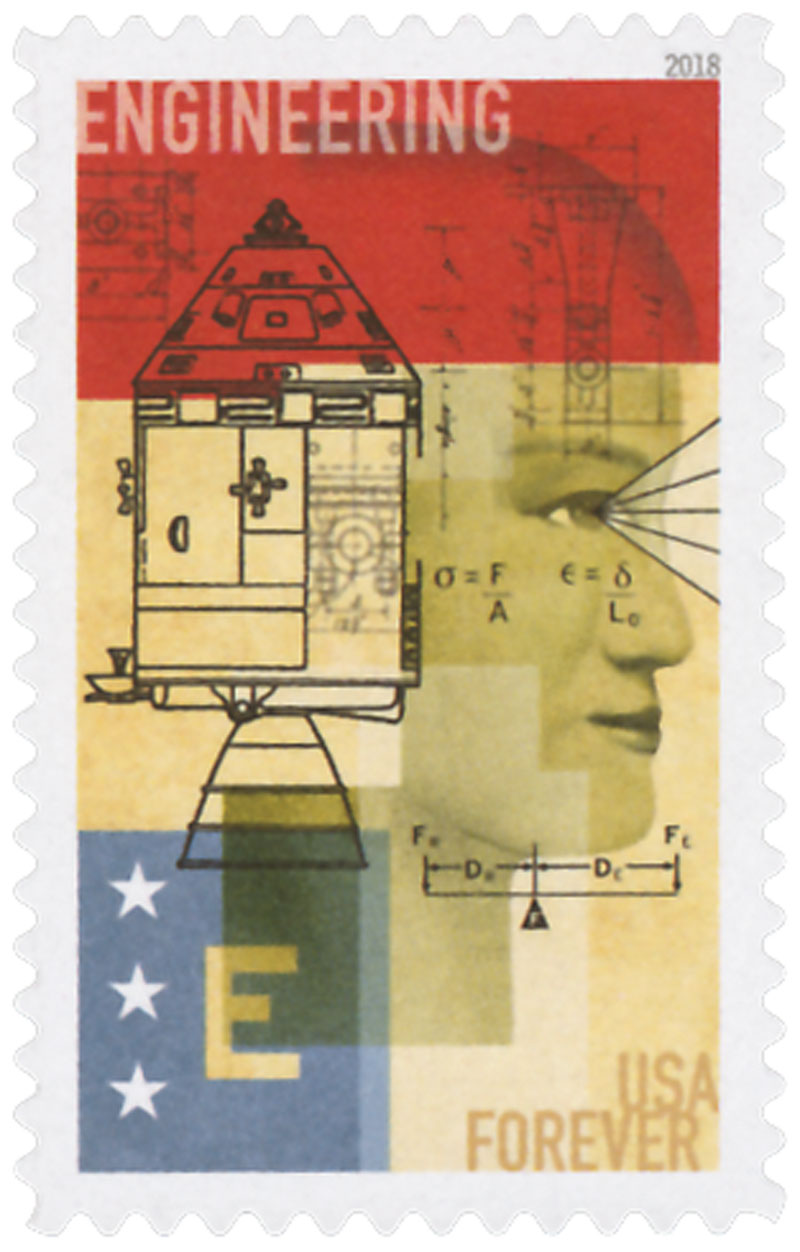
Since its founding, the ASCE has become one of the world’s leading civil engineering organizations, working to further professional knowledge among its members and improve civil engineering practices. They produce several technical and professional journals, hold several annual specialty conferences, and oversee nine full-service institutes dedicated to civil engineering. Today the ASCE has over 150,000 members in 177 countries.
Click here for more from the ASCE’s website.
#5278 - Engineering
2018 50c STEM Education
Value: 50¢ 1-ounce first-class letter rate- Forever
Issued: April 6, 2018
First Day City: Washington, DC
Type of Stamp: Commemorative
Printed by: Ashton Potter
Method: Offset
Format: Pane of 20
Self-Adhesive
Quantity Printed: 15,000,000 stamps
Engineers play a critical role in shaping the modern world. They design and create the technology we use every day. Now is the time to inspire young engineers with the achievements of those who came before them.
Elijah McCoy, born to fugitive slaves, was a certified mechanical engineer with 57 patents in his lifetime. Many of these were for lubrication systems in steam engines. McCoy’s systems allowed trains to run faster and more efficiently because they required fewer stops for lubrication and maintenance. Reportedly, his oil-drip cup was so popular, railroad engineers would ask if the trains were fitted with “the real McCoy.”
Another engineering pioneer, Mary Anderson, invented the windshield wiper. While in New York City one winter, she saw a trolley with its windshield open so the driver could see in the poor weather. When she returned home, Anderson drew up designs for a rubber blade attached to a spring-loaded arm that removed rain and snow from the windshield. After her patent expired and the automobile market expanded, the windshield wiper became standard on cars.
Engineers and inventors such as McCoy and Anderson help solve the world’s problems with new innovations. Today’s children can learn from their creative thinking to help give us all a brighter future.
American Society Of Civil Engineers
Civil engineers are responsible for the design, construction, and maintenance of dams, bridges, roads, canals, and railroads. Some of the first calls for a professional society of civil engineers came in 1828 when John Kilbourn created his short-lived Civil Engineering Journal. Inspired by Great Britain’s Institution of Civil Engineers, he suggested the US create its own organization.

In 1838, a group of 13 notable civil engineers proposed the creation of the Institution of American Civil Engineers at the Franklin Institute in Philadelphia. And in 1839, a group of 40 engineers met in Baltimore. They got so far as drafting a constitution, but it failed to pass and the group was never formally established.

Then in October 1852, Alfred W. Craven, Chief Engineer of the Croton Aqueduct in New York City, called a meeting to form the American Society of Civil Engineers and Architects. On November 5, a group of 12 engineers met in his office at the Croton Aqueduct. Their new organization would be open to “civil, geological, mining and mechanical engineers, architects, and other persons who, by profession, are interested in the advancement of science.” The goal of the group was to increase the knowledge of engineers so they could improve the quality of their construction projects.

The new group met periodically until 1855, but the Civil War delayed any more meetings until 1867. When they did finally resume meetings, many of the original members were still involved, and they credited their president, James Laurie, with leading the efforts to keep the organization going. They changed their name to the American Society of Civil Engineers (ASCE) in 1868, and then created a charter and were incorporated in 1877. As America’s first engineering society, the ASCE’s founders sought to have engineers serve as global leaders working toward building a better quality of life for all people.

Since its founding, the ASCE has become one of the world’s leading civil engineering organizations, working to further professional knowledge among its members and improve civil engineering practices. They produce several technical and professional journals, hold several annual specialty conferences, and oversee nine full-service institutes dedicated to civil engineering. Today the ASCE has over 150,000 members in 177 countries.
Click here for more from the ASCE’s website.






